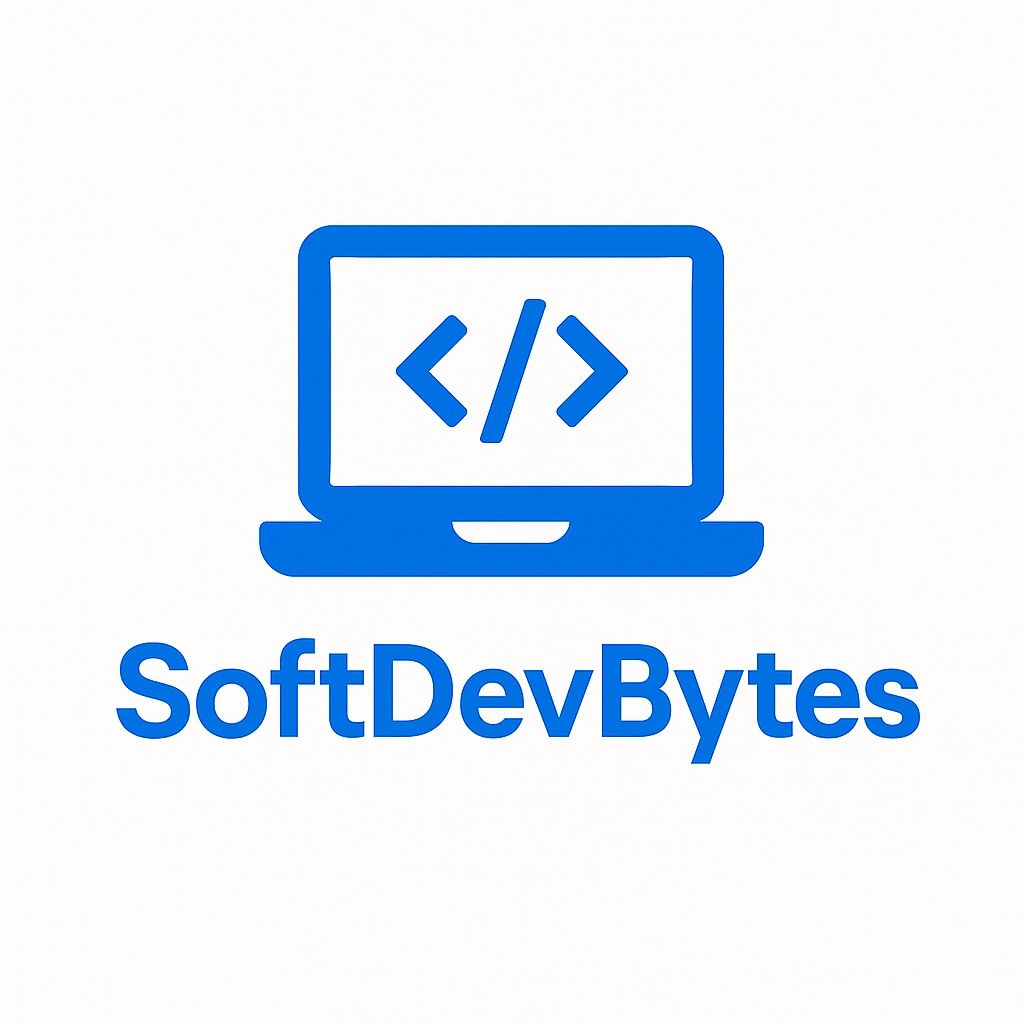Remember that feeling of watching someone build a website, automate a tedious task, or create a game—and wishing you could do that too? In 2025, that power is more accessible than ever. Whether you dream of building AI tools, crafting immersive web experiences, or just understanding the tech shaping our world, learning programming for beginners 2025 isn’t just possible—it’s thrillingly within reach.
I taught myself Python in 2010 using library books and dial-up internet. Today, AI tutors debug your code in real-time, VR classrooms simulate collaborative projects, and no-code tools let you prototype ideas before writing a single line. The landscape has exploded—and I’ll show you how to navigate it.
⚡ Why 2025 is the BEST Time to Start Coding
Programming is no longer confined to Silicon Valley. From agriculture to healthcare, industries leverage code to solve real-world problems. Here’s why starting now is strategic:
- AI Copilots Are Mainstream: Tools like GitHub Copilot and ChatGPT-5 act as 24/7 mentors, explaining errors and suggesting optimizations (source: Stack Overflow Developer Survey 2024).
- Remote Learning Evolved: Platforms like Coursera now offer VR “coding dojos” where you pair-program with peers globally.
- Demand Outpaces Supply: The U.S. Bureau of Labor Statistics projects 25% growth in developer jobs by 2032—far faster than average (BLS Report).
- Salaries Are Rising: Junior developers earn $75K–$110K starting salaries in tech hubs.
❌ Shattering 3 Toxic Myths Holding Beginners Back
Myth 1: “You need a math genius IQ.”
Reality: Programming is about structured problem-solving—not calculus. Build a weather app before you tackle algorithms.
Myth 2: “You must choose the PERFECT language.”
Reality: Your first language is a tool for learning concepts. Syntax changes; logic is forever.
Myth 3: “AI will replace coders.”
Reality: AI automates boilerplate code, freeing you for creative solutions. Prompt engineering is now a core programming skill.
🧩 Choosing Your First Language (The 2025 Edition)
Forget “Java or C++.” In 2025, prioritize:
- Immediate feedback (see results quickly)
- Relevance to your goals
- Employability
| Language | Best For | Difficulty | 2025 Trend |
|---|---|---|---|
| Python | AI, data analysis, automation | 🌟 Easy | Dominates AI/ML jobs |
| JavaScript | Web apps, interactive sites | 🌟🌟 Medium | Powers 98% of websites (W3Techs) |
| Swift | iOS/macOS apps | 🌟🌟 Medium | AR/VR development |
| Rust | High-performance systems | 🌟🌟🌟 Hard | Critical for Web3 |
My verdict: Start with Python if you love data or AI. Choose JavaScript for web creativity. Both have vast communities and free resources.
🛠️ Your 2025 Dev Setup: Fast & Free
Gone are the days of complex installs. Use:
- Replit: Browser-based IDE with AI assistance (replit.com)
- GitHub Codespaces: Cloud-hosted VS Code—code anywhere
- Codecademy’s Mobile App: Practice Python on your commute
- Fig.io: Autocomplete commands in your terminal
Pro Tip: Install Warren, an AI CLI tool that explains terminal commands in plain English.
📚 Learning Resources: The 2025 Goldmine
Structured Courses
- For Visual Learners: Scrimba’s interactive coding screencasts
- Project-Based: freeCodeCamp’s “Responsive Web Design” certification
- University Rigor (Free): Harvard’s CS50P (Python focus)
AI-Powered Tutors
- Phind.com: Debug errors instantly with GPT-5
- Odin AI: Generates personalized coding exercises
Community-Driven Learning
- Join CodeNewbie Discord for live co-working sessions
- Contribute to beginner-friendly open-source projects like Good First Issue
🚀 Your First Project: Build a “Weather Moodifier”
Apply skills immediately with this micro-project (using Python + free APIs):
- Step 1: Sign up for OpenWeatherMap API (free tier).
- Step 2: Write code to fetch your city’s weather.
- Step 3: Use IF statements to suggest music (e.g., “Rainy? Play jazz!”).
- Step 4: Share your Replit link on Reddit’s r/learnprogramming.
Why this works: You’ll learn APIs, conditionals, and I/O in 2 hours—and have something fun to show.
🌧️ Navigating Frustration: The Hidden Skill
Every coder hits walls. My 2025 anti-burnout toolkit:
- Pomodoro Technique: Code for 25 mins, break for 5. Use Toggl Track.
- Rubber Duck Debugging: Explain your code aloud to an AI chatbot.
- #100DaysOfCode Challenge: Tweet daily progress for accountability.
“The gap between ‘not working’ and ‘working’ is where growth happens.”
— My mentor after I spent 6 hours fixing a missing semicolon.
🤖 Embrace AI as Your Co-Pilot
Use AI ethically to:
- Explain Concepts: “ChatGPT, explain loops like I’m 10.”
- Refactor Code: “Make this Python script more efficient.”
- Generate Ideas: “Suggest 3 beginner projects using APIs.”
But—always type code yourself. Muscle memory matters.
🌐 Join the Tribe
Coding is social. In 2025:
- Attend Meta Horizon VR meetups for developers
- Find accountability partners on Focusmate
- Contribute to Wikipedia or non-profit tech projects
🔜 What’s Next? From Beginner to Builder
After mastering basics:
- Specialize: Dive into AI (fast.ai) or Web3 (Buildspace).
- Build a Portfolio: 3 projects > 1 certificate. Host on GitHub Pages.
- Freelance: Bid on micro-tasks at Upwork or Fiverr.
💥 Conclusion: Your Keyboard Awaits
Programming in 2025 isn’t about memorizing syntax—it’s about leveraging tools to turn ideas into impact. The entry barrier has never been lower, and the stakes have never been higher. Whether you want to pivot careers, build a startup, or simply understand the apps you use daily, now is your moment.
Fun Fact: The first “bug” was a literal moth in a 1947 computer. Your bugs will be far less dramatic.
🚀 Call to Action
- Commit Publicly: Reply with “#Code2025” and your goal below!
- Subscribe for tips and tricks.
- Start Today: Open Replit and type
print("Hello, future coder!").
What will YOU create first? The comments are yours 👇




